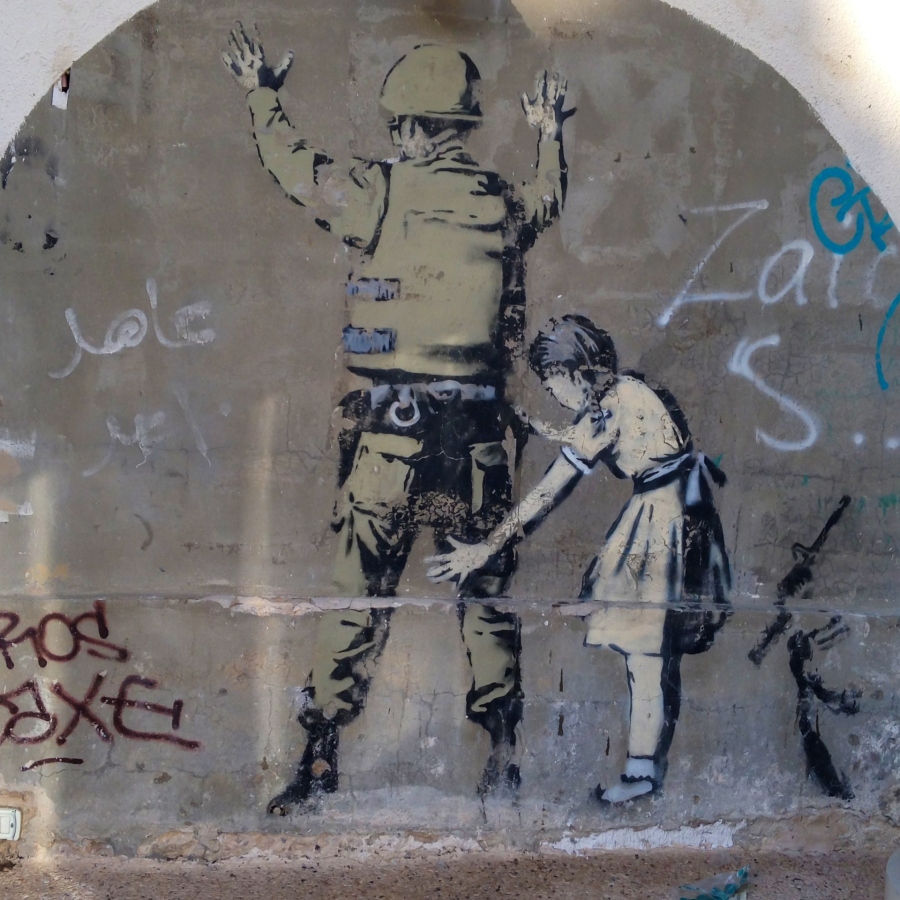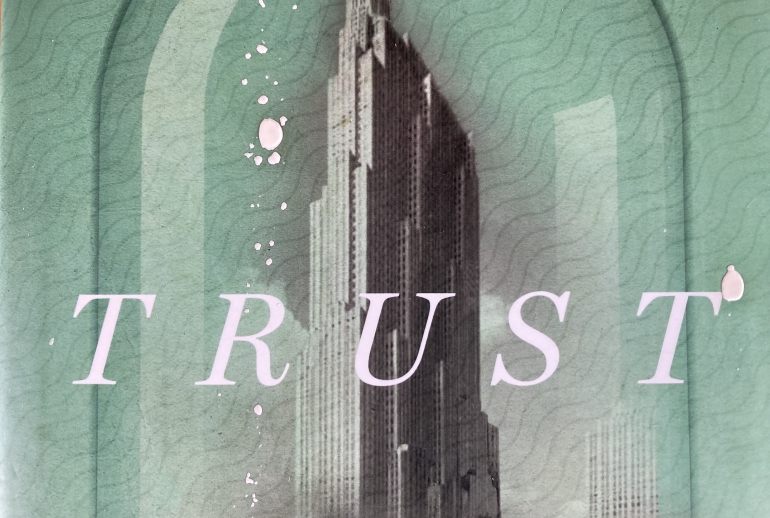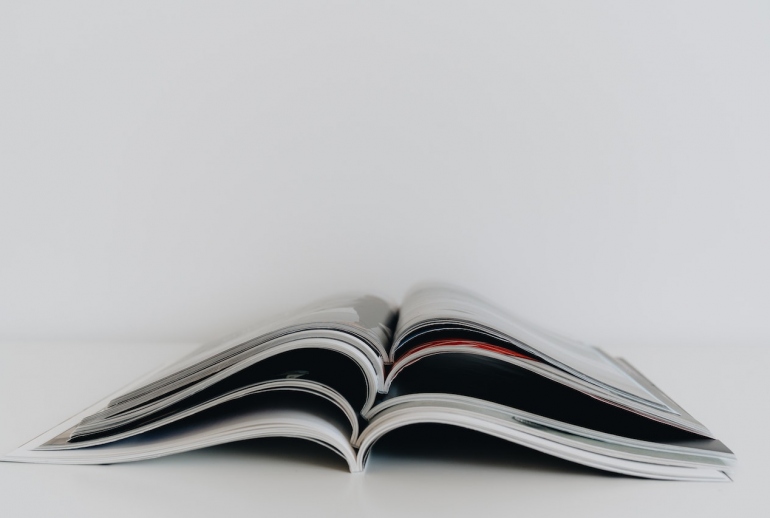Each week an email from Artway arrives in my inbox. I probably should mention that I receive lots of emails each week to which I have subscribed. Unlike many of them, however, which I simply delete after seeing the topic, I always take the time to read Artway.
Artway is free, by the way, and I recommend you subscribe. Their interest is the intimate connection between art and faith, and I find their perspective refreshing and insightful.
Each Artway email—called a Visual Meditation—is simple and predictable. They consist of (at least one) image of a piece of art and a short reflection on the work and artist. That may not seem like much, but the writers are carefully vetted as having something to say that’s worth some reflection. The Meditation for September 24 pictured a work by Banksy, the pseudonymous yet prolific artist who posts thoughtful, witty, and powerful street graffiti around the world. The particular piece in this meditation is called “Flying Balloon Girl” that appeared on the wall in the West Bank in Palestine. Thus, it is a piece of protest art, designed to speak truth to power. This is not the first time Banksy has made art in Palestine. He has, in another example mentioned in this Meditation, depicted “heavily armed Israeli soldiers who are being frisked by little girls.”
The author of this Visual Meditation is Willem de Vink (Utrecht, b. 1957), a Dutch speaker, writer, and illustrator. His picture story book Jezus Messias (Jesus Messiah) has been published in more than 200 languages. He recently published the book In het hoofd van de maker, Creativiteit, Kunst, Kerk (In the Mind of the Maker: Creativity, Art, Church).
De Vink has some fascinating insights about street protest art in Palestine, but what caught my attention was his insight into street art in Scripture.
Banksy’s protest art stands in the tradition of the prophets in the Bible. They did not use stencils and spray paint to express their vision, but they were equally visionaries who conveyed their messages not only in language but also in pictures. Jeremiah did that with a linen belt, with jugs, yokes, and a stone. Ezekiel did the work of a performance artist, acting as cook, hairdresser, refugee, and road builder, sometimes for hundreds of days continuously. And Habakkuk was told to put the message that a righteous person will live by faith on tablets so that all passers-by could see it. They and all the other prophets used all kinds of evocative visual means to deal with the injustice around them and point to the hope that God provides. They often did it in the street, like Banksy.
Jesus also made visible his message in the street. He did that by healing people and raising the dead. In this way he exposed the failure of people to do good to others. At the same time, he demonstrated the goodness of God in Israel.
I think maybe it’s time we reread the Old Testament prophets, this time with eyes sharpened by Banksy’s street protest graffiti to see the ancient stories with new clarity.
Photo credit: Photo by Dan Meyers on Unsplash.



